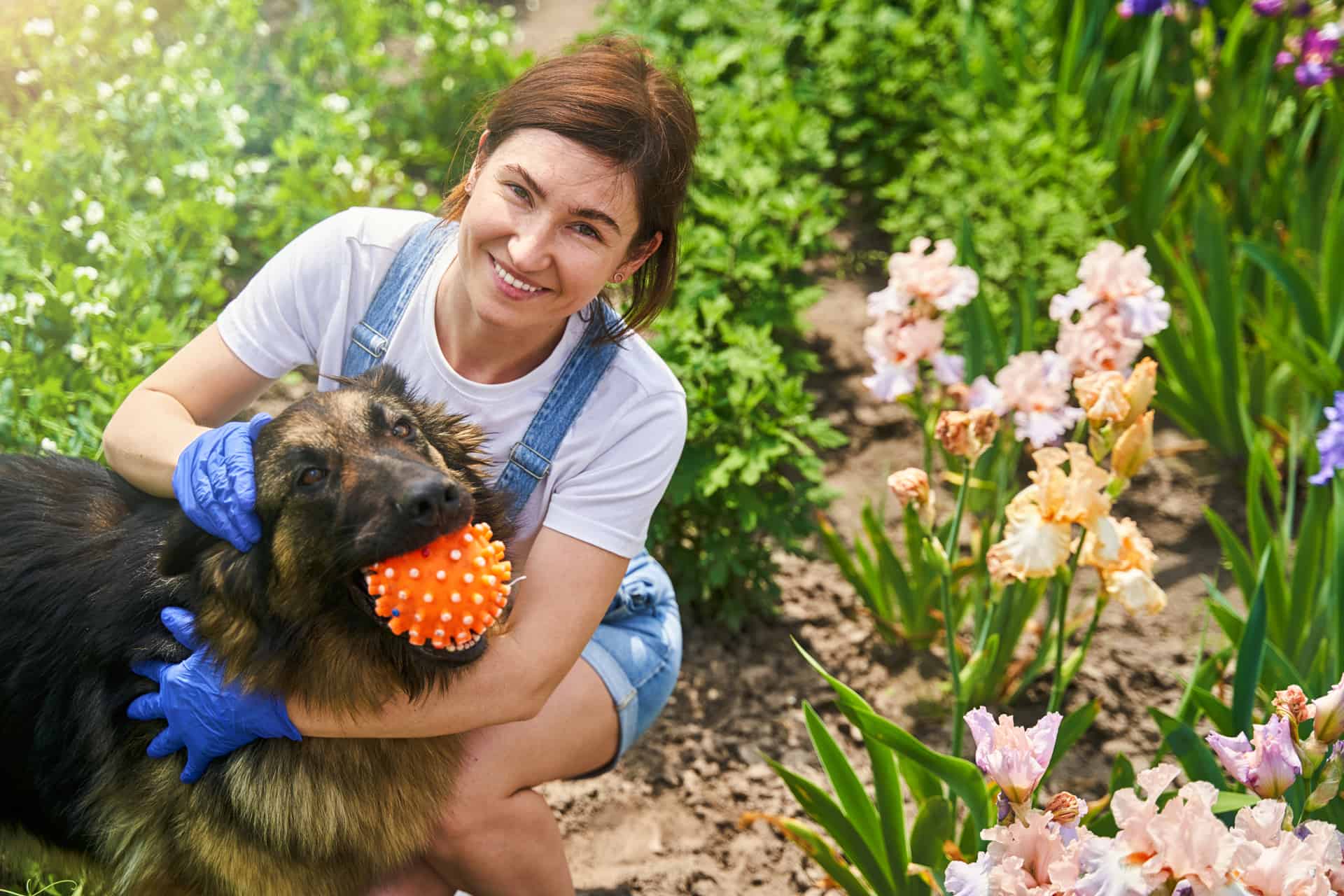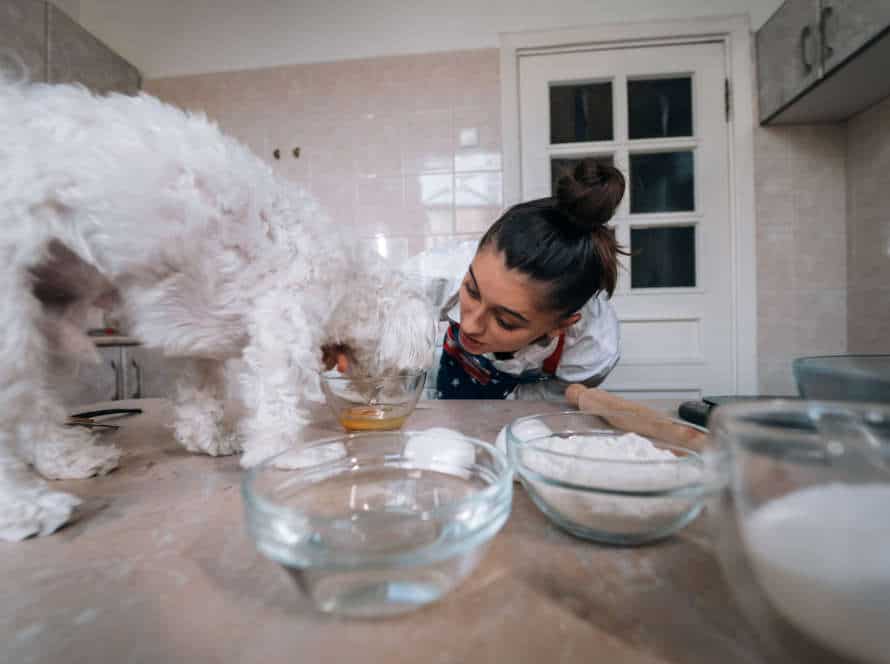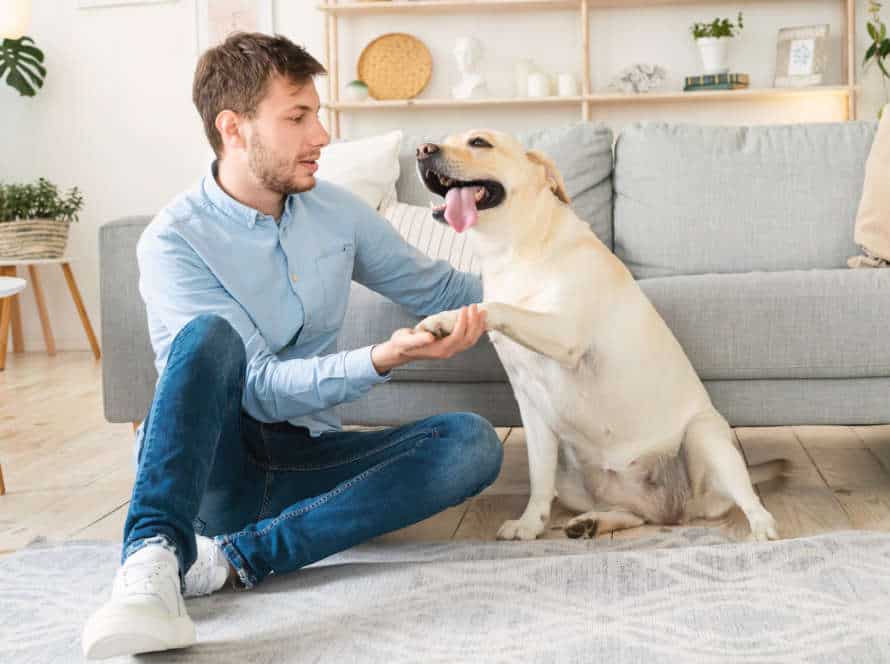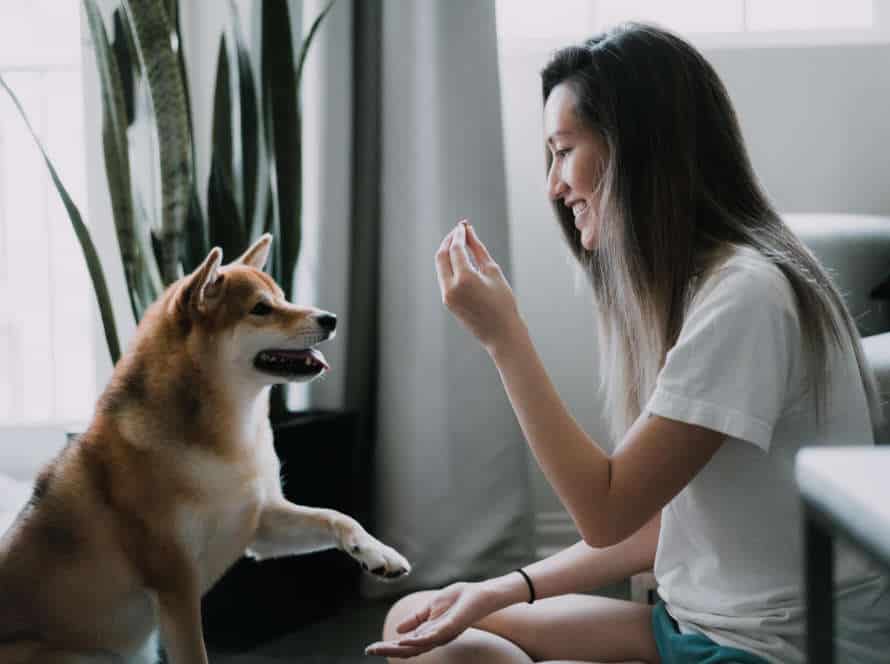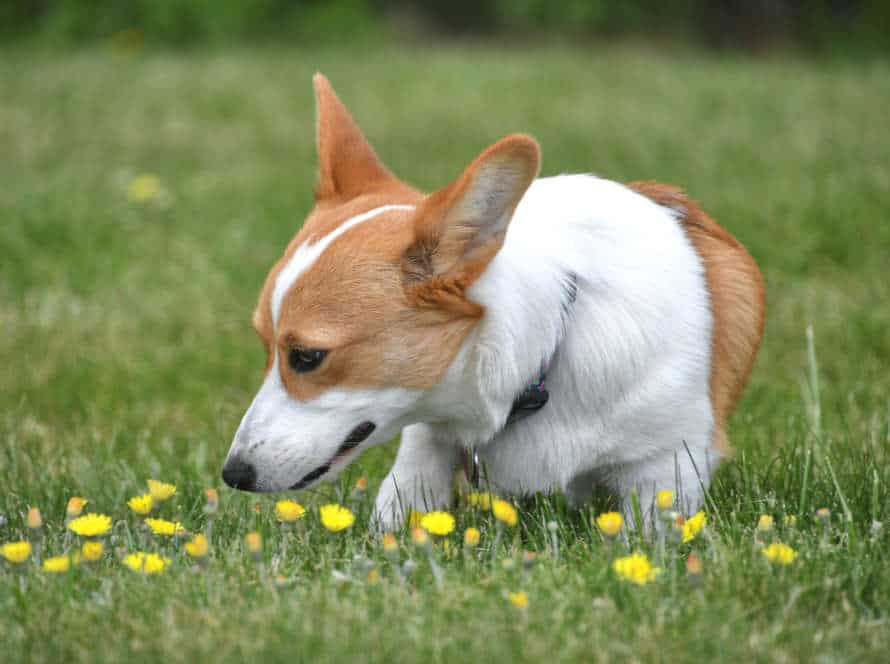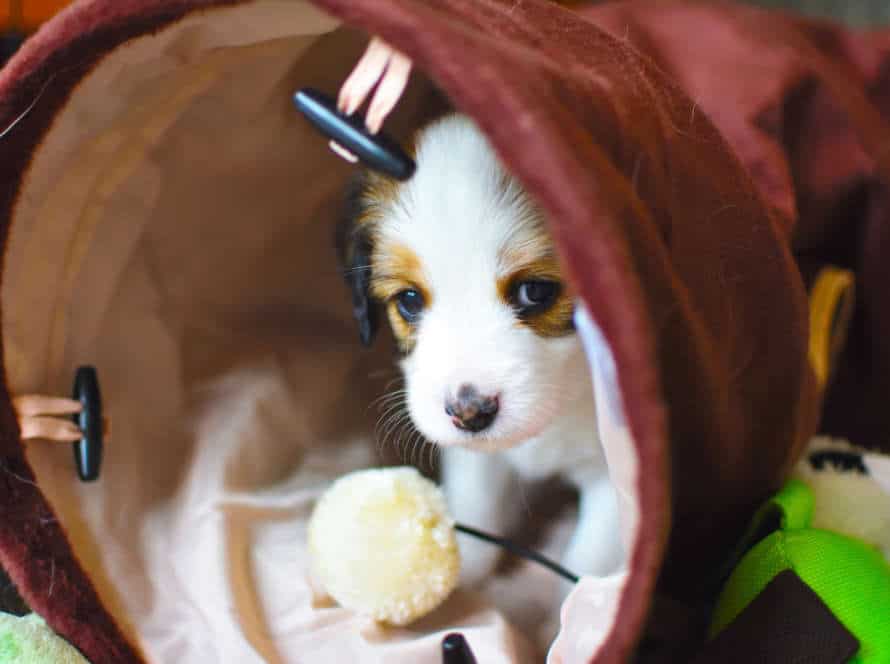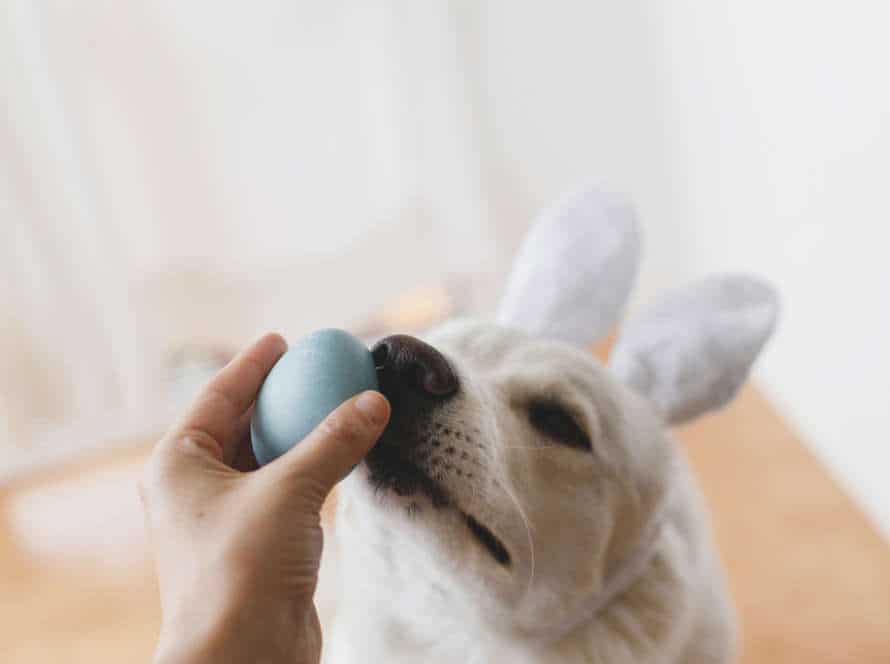Fetch Training for Better Recall: Strengthen Your Dog’s Obedience
Fetch training is a simple and useful way to help your pup learn recall and obedience. This can make your pet better behaved and trained.
Here are some tips for fetch training:
- Choose a toy your pup likes, like a ball or Frisbee.
- Toss it a short distance and encourage your pup to get it.
- When they do, reward them with praise and a treat.
- Step by step, increase the distance and complexity of the toss.
- Use positive reinforcement and be consistent with it.
This will reinforce good behavior and get your pup to learn and obey your commands.
Understanding Fetch Training
Fetch training is a must! It reinforces obedience and makes your pup active. Plus, it strengthens the bond between you and your pup. Here, we’ll look at the basics of fetch training. Plus, get tips on how to begin.
Benefits of fetch training for dogs
Fetch training can be awesome for your pooch! It’s a great way to keep them in shape, mentally stimulated, obedient, and to strengthen the bond between you. Here are some benefits:
- Exercise – It provides a good cardio workout for your dog.
- Mental Stimulation – Keeps them from getting bored and stops destructive behaviour.
- Obedience – Teaches them to follow commands and respond quickly.
- Bonding – Playing fetch is fun and it helps you connect with your dog.
Pro-tip: Use safe and durable toys and watch your dog while they’re playing to avoid any accidents.
Prerequisites for fetch training
Fetch training is a great way to strengthen your bond with your furry pal while also improving their recall and obedience skills. But, before starting, there are some things to have:
- Basic commands like “sit”, “stay”, “come” and “heel” already learnt.
- A safe and distraction-free environment for practicing.
- The proper equipment, such as a fetch toy that fits the size and breed of your dog.
- Treats or rewards to reward good behaviour.
- Patience, consistency and a positive attitude to motivate your pup in the training process.
Once these are in place and you’ve got a training plan, begin with short sessions to not overwhelm your doggo. Also, remember to keep it fun and positive for both of you!
Ideal locations for fetch training
Fetch training is great for your pup’s obedience skills! When choosing where to train, keep in mind a few factors. Grass-filled parks are ideal; grass is comfy and gentle on your dog’s paws. Plus, avoid playing near puddles, mud, or other dangerous areas. A securely enclosed backyard can also work. It’s important that your pup is comfortable in their surroundings. This will give them confidence, leading to a positive experience!
Basic Fetch Training: Step-by-Step Guide
Here’s a guide to teach your pet fetch! This is great to improve obedience and recall. With practice, your pooch will be bounding after toys and bringing them to you! Let’s begin!
Teaching the “fetch” command
Teach your pup the “fetch” command for better behavior and improved recall. Here’s a guide:
- Introduce them to the object: Let them smell and explore it.
- Start with a phrase: Say “let’s play fetch” to let them know it’s time.
- Throw and say the command: Toss the object and say “fetch”.
- Encourage them to get it: Point to it or offer a treat.
- Reward them: Praise and treat when they bring it back.
- Repeat: Do this until they fetch it consistently.
Pro tip: Don’t train them to fetch sticks – they can be dangerous!
Teaching the “release” command
“Release” is a must-teach command during fetch training with your pup. It’ll help you control the game and let your dog know when it’s time to stop. Here’s how to train them:
- Begin with a game of fetch using their favourite toy.
- When your pup brings back the toy, show them a treat in your other hand.
- Say “drop it” or “release” while taking the toy away.
- As soon as they drop the toy, give them the treat and praise them.
- Keep repeating this until they release the toy whenever you command them.
With some practice, your dog will learn that the “release” command means the game is over and they’ll get a reward for obeying.
Encouraging your dog to return the object to you
Training your pup to fetch and bring back objects is vital. Here’s a guide to help:
- Choose a toy your pup loves and take them to a wide open space.
- Throw the toy a short distance away.
- Tell them to “Fetch” or “Go get it”.
- When they grab the toy, call their name and tell them “Come” or “Bring it”.
- Reward them with a treat or praise when they return.
- Do this a few times, gradually increasing the distance you throw the toy.
Pro Tip: Make sure your pup enjoys fetch training. Use positive reinforcement and patience. Keep sessions short and frequent for best results.
Advanced Fetch Training Techniques
Advanced Fetch Training is essential for strengthening your pup’s obedience. It’ll boost their recall, and help them understand your commands. A good recall and obedience makes it more likely for your pup to stay safe when off leash.
In this article, we’ll look at more advanced fetch training techniques to enhance your dog’s obedience.
Extending the distance of the fetch
Extend the fetch distance of your pup by starting with basic training. Recall and obedience are key. Once your pup masters these, you can move on to more advanced techniques.
Use a long line attached to their collar or harness. Start with short throws and gradually increase the distance as your pup gets comfortable.
A tennis ball launcher can help you throw the ball farther. Plus, your pup will improve agility and speed.
Add obstacles like hurdles or cones to make fetch training more challenging. This increases the distance they have to travel to get the ball.
Pro tip: Always use positive reinforcement like treats and praise to encourage and reward good behavior during training.
Adding distractions to the training
Adding distractions during your pup’s fetch training can improve their obedience and recall. It’s important they play safely. Here are advanced techniques to help your dog stay focused even when distracted:
- Start slow. Try a different room first, then louder sounds.
- Leash training and a verbal command before fetching the ball will reduce impulsivity and focus.
- Get a friend or family to call your dog’s name or whistle while they fetch.
Be patient and consistent. Your pup will become more confident. Pro tip: Use positive reinforcement like treats or toys to reward good behavior.
Introducing more challenging objects
Fetch is a fun game that allows dogs to let off steam and bond with their owners. Once your pup is good at the basics of fetch, you can give them more challenging objects to make it more stimulating. Here are some tips to get the most out of the game:
- Swap the shape and size of the object to make your dog use their nose and paws more.
- Choose objects with different textures like rubber or cloth to give them a different feel.
- Play on different surfaces like grass or sand for better balance and coordination.
- Give them toys that need solving – hide a ball in a box or a toy filled with treats.
These fetch training tips will help your dog stay alert and responsive, while improving their physical and mental abilities.
Troubleshooting Fetch Training Issues
Fetch-training is excellent for creating a strong bond with your pup. It also teaches them obedience commands. But, it can sometimes pose challenges. This section gives tips and tricks to help you tackle any issues you may have during fetch training.
My dog won’t fetch or return the object
If your pup won’t bring back the object, something’s up. Here are a few tricks to try with fetch training:
- Pick the right item: Choose something they like, that they can pick up in their mouth easily. Ideas include a ball or toy.
- Positive reinforcement: Reward your dog each time they grab the object, even if they don’t bring it right away. Treats, compliments and cuddles work great.
- Be patient: Don’t get mad if your dog isn’t a pro right away. Each pup learns at their own speed, give them time.
- Exercise regularly: Devote some time every day to practice fetching with them. The more you practice, the better your dog will get.
Pro tip: If your pup just can’t get it, take them to a professional for some help.
My dog gets easily distracted during fetch training
Dogs often get distracted during fetch training. Here’s how to fix that:
- Start small. Train in a calm place, like a room or fenced yard. Then, move onto more stimulating areas.
- Offer yummy treats as rewards.
- Be positive. Praise and reward good behavior. Avoid scolding.
- Put the pup on a leash. This helps keep them from being distracted.
- Take breaks. If your dog has lost focus, take a break and try again later.
Pro Tip: Stay consistent. Stick to a regular schedule and repeat the same techniques each time. This will help your pup build obedience skills.
My dog shows signs of aggression during fetch training
Signs of aggression during fetch training could be due to a few issues. Here are some tips to keep in mind:
- Check if your commands are clear and your body language isn’t intimidating your pup.
- Keep the distance between the pup and the ball close. Gradually increase it.
- If the pup is too obsessed with the ball, shorten playtime.
- If fetch isn’t for your pup, switch games or techniques that are just as rewarding.
- If the problem persists, seek a professional trainer to identify & work on the underlying cause.
Tips and Best Practices for Successful Fetch Training
Fetch? Pawsitively! Most dogs love a good game of fetch. It helps with obedience and recall. If you want to teach your pup, here’s what you need to know.
Tips and best practices? Here they are! To help you and your pup have a successful fetch training experience, let’s discuss them.
Consistent training schedule and repetition
Consistency and repetition are the keys to successful fetch training for dogs. To get better recall and obedience, your pup needs to learn what you want and practice regularly. Here are some tips to help you succeed:
- Create a regular training plan and stick to it. This way, your pup will know when to expect it, and you can track their progress.
- Pick a specific command or cue, like “fetch” or “go get it“, and use it consistently.
- Start with short fetch distances, and gradually increase them as your pup learns. This will keep them motivated and build their confidence.
- Celebrate your pup’s progress with rewards, praise, and treats. This positive reinforcement will help them keep learning and obeying commands.
- Always finish off training sessions on a positive note, so they look forward to the next one.
Pro tip: Keep training sessions short, around 10-15 minutes. And make sure they’re in a quiet, distraction-free place till your pup masters the skill.
Reward-based system with positive reinforcement
Positive reinforcement is an effective training method. It involves rewarding your four-legged friend’s good behavior to encourage them to do it again. Reward-based systems with positive reinforcement can work for fetch training and reinforcing good recall behavior. Here are some tips for success:
- Use high-value rewards like treats or toys.
- Keep sessions short and fun.
- Use a consistent command like “fetch” or “get it”.
- Reward your pup when they bring it back.
- Gradually increase the distance you throw it.
- End on a positive note, even if it didn’t go perfectly.
- Be consistent – repeat the training regularly.
Patience and persistence are important. Pay attention to your dog’s body language and adjust your training.
Bonding with your dog through fetch training
Fetch with your pup can be a fun bonding experience! Here are some tips to make it a success:
- Start indoors or in a fenced area to stop your pup from running away.
- Use a toy they like, like a ball or frisbee.
- Encourage them to get the toy with excited words and gestures.
- Reward them with praise or a treat when they bring it back.
- Gradually increase the distance and difficulty by throwing it further and in different directions.
- Use a command like “drop it” or “leave it” to tell them when to let go.
- Practice regularly to strengthen your pup’s obedience and bond.
Frequently Asked Questions
Q: Why is fetch training important for dogs?
A: Fetch training helps strengthen a dog’s recall, obedience, and overall behavior. It also provides mental and physical stimulation for the dog.
Q: Is fetch training only for certain breeds of dogs?
A: No, fetch training can benefit any breed of dog. It is a natural behavior for many dogs and can be taught to those who have not yet learned it.
Q: How do I start fetch training with my dog?
A: Start by finding a quiet and fenced-in area to practice. Show your dog the ball or toy and encourage them to chase after it. Once they retrieve it, use positive reinforcement and praise. Gradually increase the distance and difficulty of the fetch.
Q: How often should I practice fetch training with my dog?
A: Practice fetch training a few times a week to strengthen the behavior and obedience of the dog. However, be aware of your dog’s physical limitations and do not over-exercise them.
Q: Can I use fetch training as a form of exercise for my dog?
A: Yes, fetch training can serve as both mental and physical exercise for your dog. But remember to monitor their activity and rest periods to prevent injury or exhaustion.
Q: Can I still practice fetch training with an older dog?
A: Yes, fetch training can be beneficial for dogs of all ages, including older dogs. However, be aware of any physical limitations or health issues that may affect their ability to participate.

